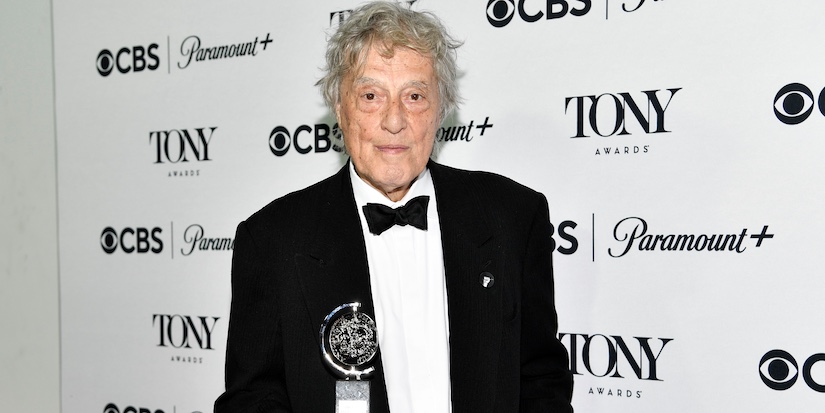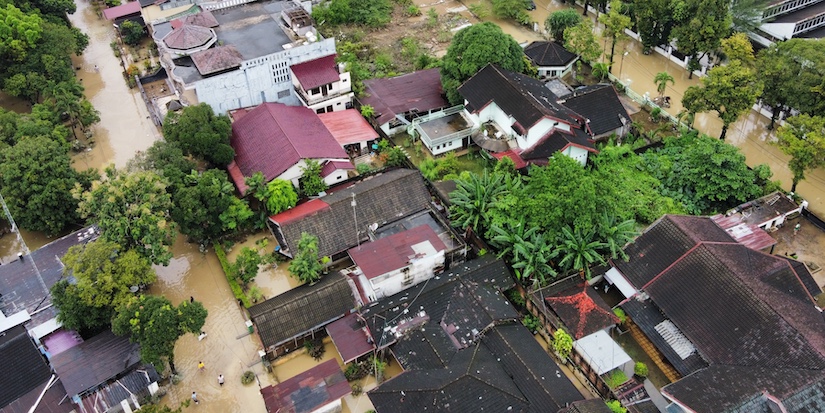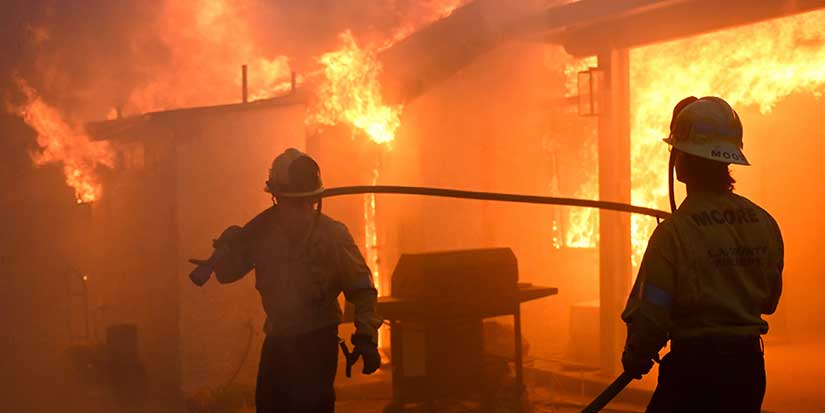Latest News
School names have special stories to tell
By Don Fennell
Published 11:26 PST, Mon February 4, 2019
Part one of a four-part series.
Every name tells a story.
And in the case of Richmond schools, a
history lesson too.
From Sea Island Elementary—Lulu Island’s
first school originally dating back to the pioneer era at the turn of the 20th
century—to Mitchell Elementary, home to the first Richmond High School, the
longest continuously operating school in the Richmond public education system,
first opening its doors in 1908—the tales are as fascinating as they are
factual.
Opened in 1996, the school is named after
W.H. (Henry) Anderson who arrived in Marpole (Vancouver) in 1909 and later
moved to Richmond, settling on property in the Brighouse district. After
attending both Bridgeport (Richmond) and Cambie schools, he became a bricklayer
with his dad and brother Eric. He was active in Kiwanis as well as local
politics. Anderson served as reeve (mayor) from 1967 to 1972.
Opened in 1997, the school is named after
Archibald Blair whose family has a long history in the city. After arriving
from Ireland in the late 1800s, the family began farming south of Steveston
Highway. Archibald served in the Canadian Armed Forces overseas in the First
World War and fought at the historic battle at Vimy Ridge. He also gave many
years of service to both the Richmond School Board and Richmond City Council,
and his son Gilbert (Gil) served as a city councillor as well as mayor from
1974 to 1990, leaving his own legacy of public service in the community.
Opened in 1954, the school is named after the
former Blundell interurban station that was nearby. T. Blundell-Brown was an
employee with the British Columbia Electric Interurban Company which operated
the tram.
Opened in 1969, the school is named after
William Bridge who moved from Atlantic Canada to settle in Richmond in 1896. He
served as reeve (mayor) from 1908 to 1917, and for a brief period in 1920. At
the time of his passing in 1928, he was chair of the local school board. The
present-day school is adjacent to the farmland he cultivated.
Opened in 1965 to serve the burgeoning
Brighouse estates, the school is named after Samuel Brighouse who was a
prominent Richmond settler. Upon returning from the Cariboo gold rush in 1864,
Brighouse purchased nearly 700 acres to raise thoroughbred horses and graze
cattle on what is now the downtown core. He also petitioned to incorporate the
township of Richmond and served on council in 1883.
Originally Steveston School but renamed Lord
Byng in 1922, the school pays homage to Viscount Byng of Vimy who commanded
Canadian troops in the First World War, distinguishing both himself and the
corps with the capture of Vimy Ridge in 1917.
Replaced by a modern facility in 1995 on the
No. 1 Road site which has housed a school of some sort since 1897, the first
Steveston School expanded by four classrooms with financial assistance from the
Steveston Japanese-Canadian community. it was replaced by a 14-room school in
1930, with further additions in 1959.
Opened in 1954 near what has become Richmond’s downtown core, the school is named after settler William Stanley Cook. In 1906, Cook bought 40 acres of land which the family farmed until 1925. Born in Nova Scotia, he travelled around Cape Horn en route to Vancouver by ship because the Panama Canal had not yet been completed. After his arrival on the West Coast in 1883, he became a successful businessman with interests in hotels, logging and other construction activities.
Howard Debeck Elementary
Named after Howard Debeck, who along with his
two brothers purchased 1200 acres of land from Hugh McRoberts in 1869, the
school named in his honour has a unique history. Opened as as annex to Garden
City Elementary, it closed in 1953 due to a lack of enrolment but re-opened in
1966. A new school was built in 1992.
Debeck was the first of Richmond’s settlers
to have a child born here; his daughter Emma in 1871 on Sea Island. After
several years of farming, the brothers sold and bought the Brunette sawmill
near New Westminster.
John Diefenbaker Elementary
Opened in 1981 to relieve the pressure of an
increasing student population on the southwest corner of Richmond, the school
is named after John Diefenbaker. A flamboyant lawyer from Prince Albert,
Saskatchewan, he became leader of the national Conservative party in 1956 and
became Canada’s Prime Minister in 1957; the first Conservative Prime Minister
after the Second World War, following 22 years of Liberal rule. Diefenbaker
introduced the Bill of Rights in 1960 which made him a hero in the eyes of many
Western Canadians.
AB Dixon Elementary
Opened in 1959 to serve a new West Richmond
subdivision, the school named after early settler Alfred B. Dixon was first an
annex to Lord Byng Elementary.
Alfred Dixon farmed in West Richmond from
1895 to 1920 and also served as a municipal councillor, school trustee and
dyking commissioner.
John Errington Elementary
Opened in 1959, the school is named after
settler farmer John T. Errington who purchased 210 acres of land from Hugh Boyd
in the 1870s. Errington was also among those early settlers who successfully
petitioned for Richmond to be incorporated in 1881, and in 1890 he served as a
municipal councillor, spearheading a move to build the Marpole Street Bridge to
Sea Island. He also donated land for the building of the first Presbyterian
church in Richmond.
William Ferris Elementary
Opened in 1960, the school is named after the
first recognized European settler on Lulu Island. William Douglas Ferris and
his family arrived on Lulu Island in 1866, after residing for a short spell in
New Westminster. He was among those who successfully petitionedthe province for
Richmond to be incorporated in 1881. Ironically, when it came time for the
documents to be signed, he had sold his Richmond property and moved back to New
Westminster where he became that city’s mayor.
Garden City Elementary
Opened in 1948, the same year as Grauer
Elementary, the school is named after the street on which it sits. Built to
serve post-war Richmond during the baby-boom era, the school also shares a
popular nickname for the city.
General Currie Elementary
Opened in 1920, the school was replaced by a
new one-level facility on the original General Currie Road site, while
successfully integrating old architecture into the design. Named after General
Arthur Currie, one of Canada’s Second World War heroes who led troops into the
second Battle of Ypres. He thus became the first Canadian officer to command
Canadian troops. Currie was vice-chancellor at Montreal’s McGill University
until his passing in 1933.
James Gilmore Elementary
Built in 1959 to serve the needs of Gilmore
Park residents, a new subdivision on the west side of Richmond, the school is
named after James Gilmore who was a pioneer farmer known for his herd of
Holstein cattle. Born in County Down, Ireland, he moved to Richmond around the
age of 20 in 1884 and served on Richmond’s police commission from 1917 to 1928.
Grauer Elementary
Built in 1948 to serve the northwest sector
of Richmond, a farming neighbourhood with emerging families of veterans
returning from the Second World War, the school is named after Rudolph (Rudy)
Martin Grauer—a prominent local resident. The city’s first reeve (mayor), a
position he held from 1930 to 1949, Grauer also established a general store on
Sea Island in 1914 at the junction of the Middle and North Arms of the Fraser
River. The store was torn down in 1981 after serving the community for 67
years. Grauer also served on Richmond School Board and was an active member in
local lacrosse.































